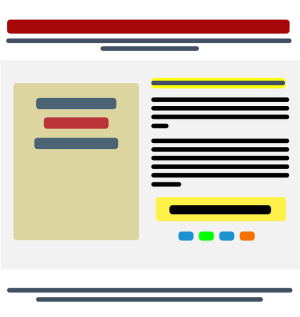On-Page SEO is a digital marketing strategy focusing on optimizing individual web pages to improve search engine rankings and attract relevant traffic. It involves enhancing elements like content, structure, code, and performance to create a positive user experience that aligns with search engine algorithms. Key tactics include natural keyword integration in titles, headings, meta descriptions, and content; optimizing internal linking, images, page load speed, and URL structure; using header tags for hierarchy; and mobile optimization. Regularly auditing and updating these elements is crucial for maintaining high rankings in a dynamic algorithm landscape.
On-Page SEO optimization is the cornerstone of any successful digital visibility strategy. It involves a series of tactics designed to enhance your website’s relevance and quality in the eyes of both users and search engines. This article delves into the essential elements of on-page optimization, guiding you through title tags, meta descriptions, content creation, header tags, image optimization, URL structure, internal linking, mobile optimization, and regular audits—all crucial components for maximizing your online presence.
Understanding On-Page SEO: The Cornerstone of Digital Visibility
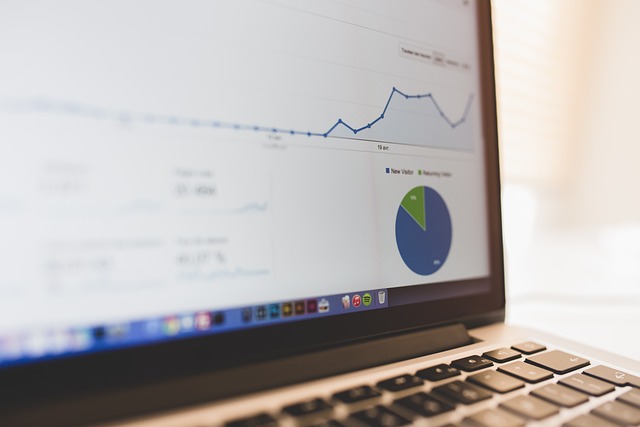
On-Page SEO is a fundamental strategy that forms the backbone of any digital marketing campaign. It refers to the practice of optimizing individual web pages to rank higher and earn more relevant traffic from search engines. By focusing on elements within the page’s content, structure, and code, businesses can significantly impact their online visibility and attract their target audience.
This type of SEO is crucial as it ensures that your website provides a positive user experience while aligning with search engine algorithms. It involves optimizing titles, headings, meta descriptions, and content to include relevant keywords naturally. Additionally, on-page optimization considers factors like internal linking, image optimization, and ensuring pages load quickly. These techniques work together to send powerful signals to search engines, making it easier for them to understand the context and relevance of your website’s content.
Key Elements: Optimizing Title Tags and Meta Descriptions
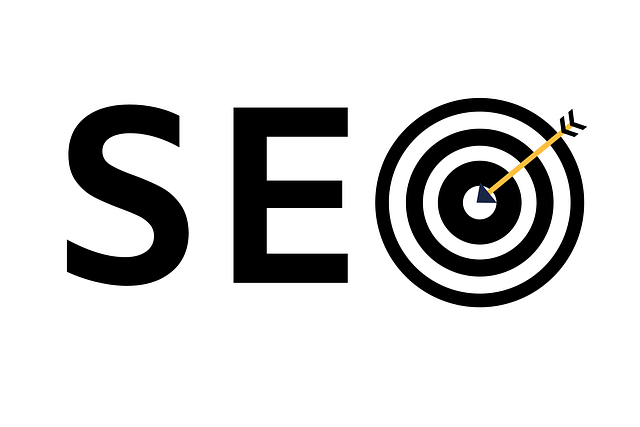
When it comes to On-Page SEO, optimizing your title tags and meta descriptions is a crucial step. These elements are among the first things search engines look at when crawling a webpage. A well-crafted title tag should accurately reflect the content of your page while incorporating relevant keywords naturally. It’s like a mini advertisement for your webpage, capturing the essence in just a few words. Meta descriptions, on the other hand, provide a brief overview or summary of what users can expect to find on your page. They influence click-through rates as they appear in search engine results pages (SERPs), enticing users to click with a compelling description.
While title tags are essential for drawing attention, meta descriptions play a vital role in convincing potential visitors to actually land on your page. Both should be optimized for search engines and aligned with the content’s focus, ensuring a harmonious relationship between the elements and the webpage’s substance. This synchronization enhances user experience and signals to search algorithms that your page is a valuable resource, worthy of a higher ranking.
Content is King: Crafting High-Quality, Keyword-Rich Content

In the realm of On-Page SEO, content stands as the cornerstone of any successful optimization strategy. Crafting high-quality, keyword-rich content is an art that involves meticulous research and a deep understanding of your target audience’s needs. Every word, phrase, and sentence must be carefully chosen to not only engage readers but also align with relevant search terms. This approach ensures that your content resonates with both search engines and human visitors, fostering a positive user experience that encourages longer stays and higher engagement rates.
The quality of your content directly impacts how well it ranks on search engine results pages (SERPs). Search engines like Google prioritize delivering valuable, informative, and unique content to users. By incorporating keywords naturally into headings, subheadings, meta descriptions, and body text, you increase the chances of capturing the attention of these algorithms. Remember, the goal is not to stuff keywords but rather to create content that feels organic yet optimized, ensuring your website remains a trusted resource for your niche.
Header Tags: Structuring Your Content for Clarity and Search Engines
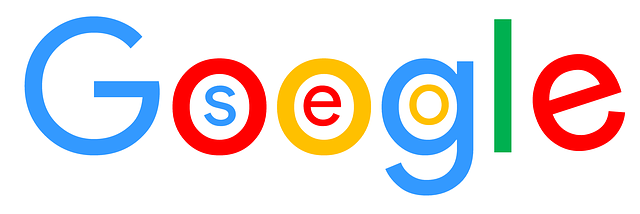
Header tags are a fundamental aspect of on-page SEO, serving as powerful tools to structure and organize content for both users and search engines. These tags, represented by H1, H2, H3, and so on, create a hierarchical structure that helps search algorithms understand the topic and context of your content. By using header tags effectively, you can break down complex topics into digestible sections, making it easier for readers to navigate and for search engines to index.
When implementing header tags, it’s crucial to use them thoughtfully and strategically. The H1 tag should be reserved for the main heading or title of your page, clearly indicating the primary topic. Subsequent headings (H2, H3, etc.) should be used to introduce subtopics, key points, or sections within your content, ensuring a logical flow that mirrors the user’s journey through the information. This structured approach not only enhances readability but also improves the overall on-page SEO, making your content more accessible and relevant to search engine crawlers.
Image Optimization: Enhancing Visuals for Better SEO

In the realm of On-Page SEO, image optimization plays a vital role in enhancing visual content for better search engine rankings. It involves optimizing digital images on websites to make them more accessible and relevant to both users and search algorithms. By incorporating descriptive file names, alt tags, and optimal sizes, images can significantly impact overall website performance. Search engines like Google use these elements to understand the context of images, thereby improving discoverability.
This process ensures that visuals not only attract folks browsing your site but also assist in conveying the page’s content to search engine crawlers. Well-optimized images can act as a symphony of visual cues, revolutionizing how search engines interpret and rank web pages. It’s a testament to the fact that in today’s digital era, visual elements are just as important as text when it comes to On-Page SEO.
URL Structure: Creating User-Friendly and Search-Engine-Optimized URLs
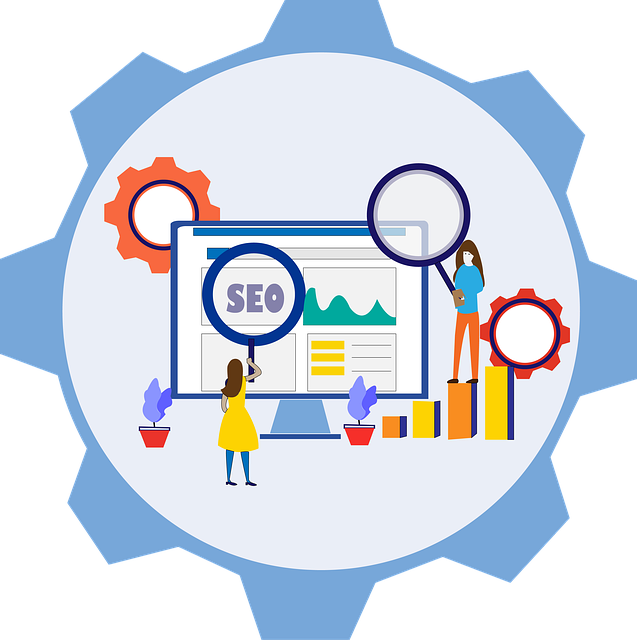
URL structure plays a pivotal role in On-Page SEO, acting as a bridge between user experience and search engine understanding. A well-crafted URL is both descriptive and concise, making it user-friendly while signaling to search engines what the page is about. It’s like giving each web page its own unique address, ensuring that both visitors and search algorithms can easily navigate your site.
When optimizing URLs, focus on including relevant keywords that accurately represent the content of the page. Avoid complex structures with unnecessary parameters or dynamic strings. Instead, keep URLs simple, hierarchical, and readable. For example, `www.example.com/products/shoes` is far more effective than `www.example.com?page=product&id=12345`. This approach not only enhances crawlability but also boosts the chances of ranking higher for relevant search queries under your target keywords.
Internal Linking: Building a Sitewide Connectivity

Internal linking is a powerful strategy within On-Page SEO that creates a sitewide connectivity, enhancing both user experience and search engine optimization. By strategically placing links from relevant pages to others within your website, you guide users and search engines through your content, revealing the hierarchy and relevance of your topics. This not only helps visitors navigate easily but also allows search algorithms to understand the context and relationship between different pages.
Each internal link acts as a signal, indicating that one page’s content is closely related to another. This connection can be as simple as linking from a blog post to a relevant product page or category, or as complex as creating a comprehensive resource hub where multiple articles interlink. This network of links contributes to a more cohesive and authoritative online presence, boosting the overall SEO performance and ensuring that your website’s valuable content is easily discoverable.
Mobile Optimization: Ensuring Responsiveness Across Devices
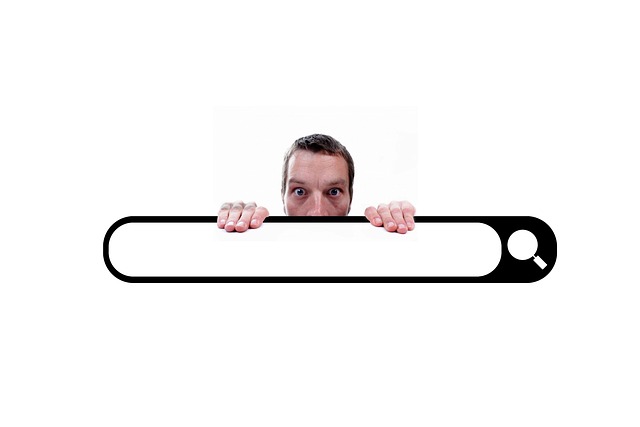
In today’s digital era, mobile optimization is no longer an option but a necessity for effective on-page SEO strategies. With a majority of internet users accessing websites through their smartphones and tablets, ensuring your website is responsive across all devices is crucial. Mobile-friendly design not only enhances user experience but also significantly impacts search engine rankings. Google, for instance, favors mobile-optimized sites in its search results, making it essential for businesses to adapt.
A well-optimized mobile site loads quickly, offers seamless navigation, and provides a consistent, high-quality user experience regardless of the device used. This involves optimizing images, minimizing page load times, and ensuring touch-friendly interfaces. By prioritizing mobile users, you not only cater to a broader audience but also foster a positive perception of your brand, encouraging longer visits and potentially leading to increased conversions.
Regularly Auditing and Updating Your On-Page SEO Strategy

Regularly auditing and updating your on-page SEO strategy is a vital component of maintaining and improving your search engine rankings. With algorithms constantly evolving, what works today might not be as effective tomorrow. Therefore, it’s crucial to stay ahead of the curve by conducting periodic reviews of your website’s content, meta tags, headers, and overall structure. These audits should identify areas where optimizations are needed, such as refining keyword usage, enhancing title tags for better click-through rates, or updating outdated information.
By incorporating these changes, you ensure that your on-page SEO remains relevant and aligned with search engine guidelines. This proactive approach not only boosts your site’s visibility but also improves user experience, which is a key factor in modern search rankings. Regular updates also help to keep your content fresh and engaging, encouraging repeat visits from both search engines and human audiences alike.
